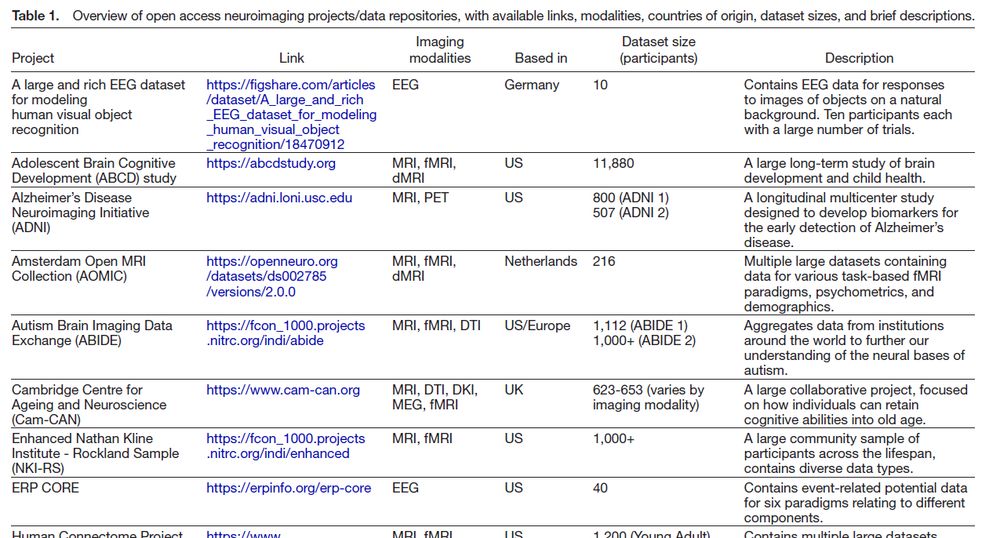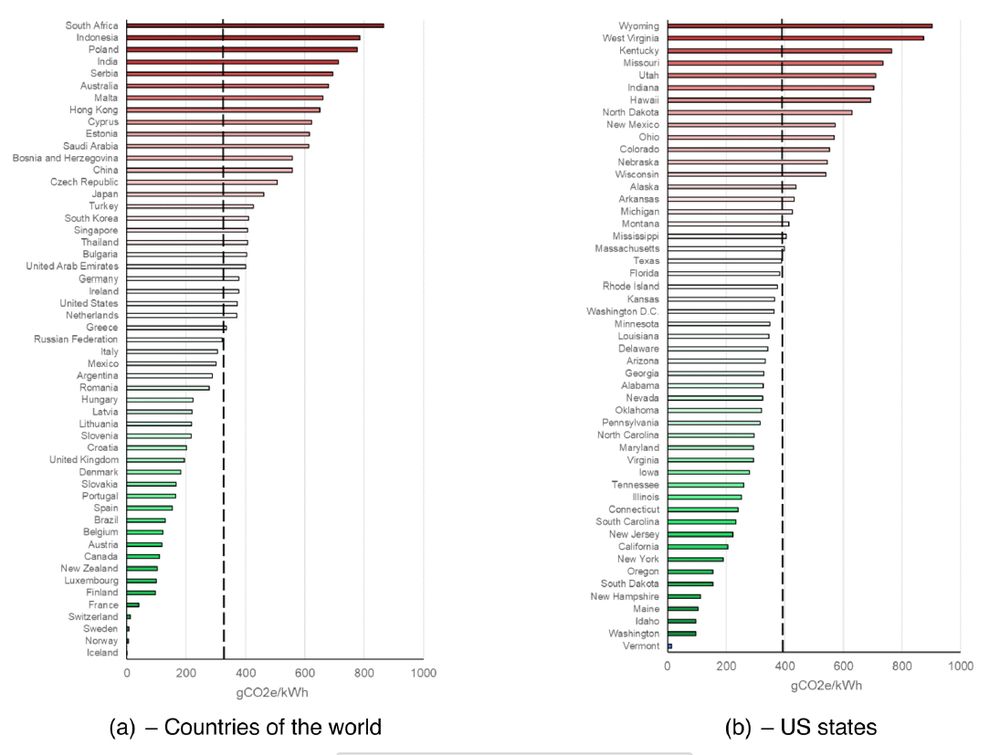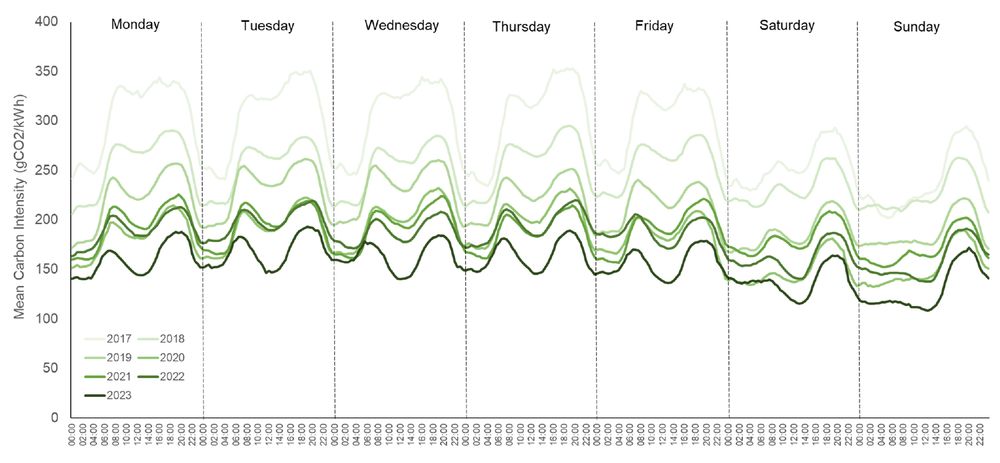
(I think the subtitles shown on the screen here were from people all over the room, not me just mumbling incoherently)

(I think the subtitles shown on the screen here were from people all over the room, not me just mumbling incoherently)
MONIKA UTROSA
CLÉMENTINE LÉVY-FIDEL
FÁBIO LOBATO
GABRIEL PIŠVEJC
Everything we developed is available open source on GitHub: github.com/NickESouter/...

MONIKA UTROSA
CLÉMENTINE LÉVY-FIDEL
FÁBIO LOBATO
GABRIEL PIŠVEJC
Everything we developed is available open source on GitHub: github.com/NickESouter/...
You can access the neuro-impact-calculator here: nicksouter.shinyapps.io/neuro-impact...
(Not yet optimised for phones) 🧵

You can access the neuro-impact-calculator here: nicksouter.shinyapps.io/neuro-impact...
(Not yet optimised for phones) 🧵
Running analysis on previously collected and preprocessed data is a great way to test hypotheses without using additional energy to preprocess it yourself. We provide a table describing different open access datasets.

Running analysis on previously collected and preprocessed data is a great way to test hypotheses without using additional energy to preprocess it yourself. We provide a table describing different open access datasets.
Energy is needed to store and backup data. you can reduce your footprint by deleting files you don't need. For #fMRIPrep, junk files make up to 96% of total size.
Our tool fMRIPrepCleanup, automatically finds/removes this data: github.com/NickESouter/...

Energy is needed to store and backup data. you can reduce your footprint by deleting files you don't need. For #fMRIPrep, junk files make up to 96% of total size.
Our tool fMRIPrepCleanup, automatically finds/removes this data: github.com/NickESouter/...
You can also consider choosing cloud computing services based in countries/regions with lower average carbon intensity.
2022 data for countries and US states ⬇️

You can also consider choosing cloud computing services based in countries/regions with lower average carbon intensity.
2022 data for countries and US states ⬇️
The carbon intensity of electricity peaks at busy times and drops overnight and at the weekend. By scheduling preprocessing/analysis to run at low intensity times, you can use the same amount of energy while emitting less carbon.
Data for the UK ⬇️

The carbon intensity of electricity peaks at busy times and drops overnight and at the weekend. By scheduling preprocessing/analysis to run at low intensity times, you can use the same amount of energy while emitting less carbon.
Data for the UK ⬇️
You can now find recordings of all our spreakers on YouTube!
www.youtube.com/playlist?lis...
We discussed a number of topics... 🧵

You can now find recordings of all our spreakers on YouTube!
www.youtube.com/playlist?lis...
We discussed a number of topics... 🧵
eicworkshop.info
Come along to learn more about the carbon footprint of your research computing, and how it can be reduced 🌱

eicworkshop.info
Come along to learn more about the carbon footprint of your research computing, and how it can be reduced 🌱
We found that dissociable default mode network (DMN) subnetworks support retrieval of contextual and emotional associations, seperately from processing of retrieval demands
www.biorxiv.org/content/10.1...

We found that dissociable default mode network (DMN) subnetworks support retrieval of contextual and emotional associations, seperately from processing of retrieval demands
www.biorxiv.org/content/10.1...

